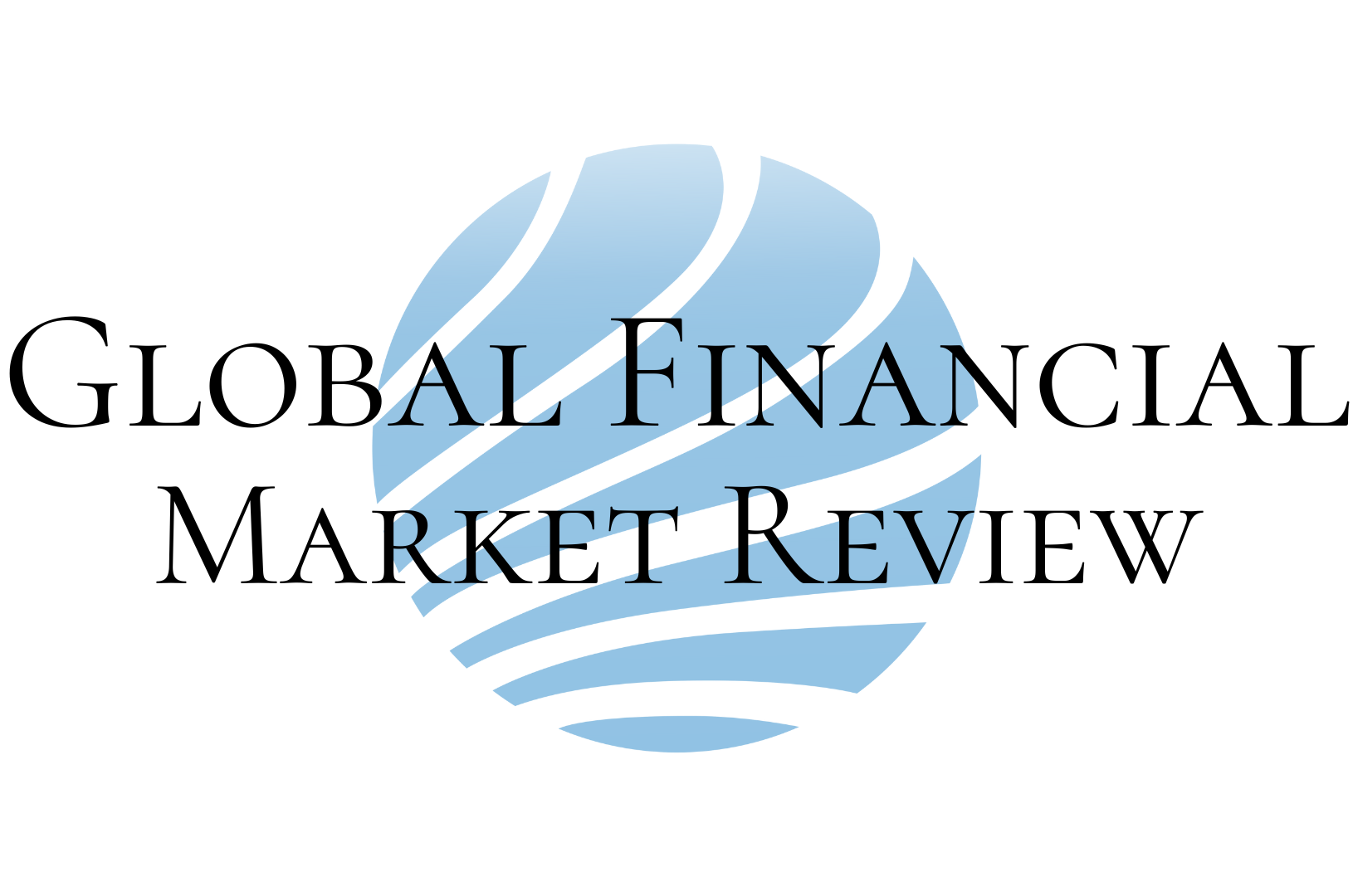Role Of Rating Agencies Needs To Be Reviewed In Wake Of IL&FS Crisis
In the wake of the IL&FS crisis, there is a need to review the role of rating agencies as they continued to rate the NBFC at top notch investment grade even a day before it defaulted on its payment obligation, a top Finance Ministry official said.
IL&FS, a large, systemically important non-deposit accepting core investment company, sent markets into a tizzy with a series of defaults beginning August last year. Rating agencies failed to see the financial troubles brewing and judge the ballooning debt of IL&FS. Following the series of defaults, the credit rating industry came under scrutiny.
While banks were busy with the clean-up exercise, NBFCs went on an aggressive lending spree, Financial Service Secretary Rajiv Kumar told PTI.
“The growth of NBFCs was exponential when banks were cleaning themselves and a kind of a similar situation what happened to the banks in aggressive lending happened to NBFCs.
“Some of the NBFCs which have grown more than the normal need a correction in terms of asset quality management and at the same time need to be regulated more intensely than what has been. Also, the role of credit rating agencies needs to be introspected and looked at as to how entities can remain AAA and can suddenly come down eight notches in a day. So, these roles have to be seen,” he said.
IL&FS, which has been downgraded to junk status by rating agencies, is sitting on a debt pile of around Rs 91,000 crore. Of this, Rs 57,000 crore are bank loans alone, most of which are from state-owned lenders.
State-owned LIC is the largest shareholder with a fourth of the firm’s equity, while Orix Corporation of Japan owns 23.5 per cent.
Other shareholders include Abu Dhabi Investment Authority with 12.5 per cent stake, IL&FS Employees’ Welfare Trust with 12 per cent, HDFC with 9.02 per cent, Central Bank of India with 7.67 per cent and State Bank of India (SBI) with 6.42 per cent at the March-end 2018.
In a bid to align with the best corporate practices, the Finance Ministry has asked the public sector banks to gradually bring down the government’s equity to 52 per cent.
“The government is essentially a major shareholder. So, this need to be aligned to the best corporate practices. The shareholding needs to come down to at least 52 per cent in the first phase. As and when the market condition allows, banks will take a step in that direction. They have the permission in hand, Kumar said.
The country’s largest lender State Bank of India (SBI) has already initiated steps for Rs 20,000 crore share sale through qualified institutional placement (QIP). Post-QIP, the government stake will be diluted from the existing 58.53 per cent.
Strong Financial Performance Reflects USAAs Unwavering Commitment To Members And The Military Community
Association added 1 million new members and continued to serve the military community and their families through enhance... Read more
USAA And The Valero Texas Open Join Forces To Honor Military Heroes
Service Members and Veterans to Receive Exclusive Benefits and Complimentary Access Read more
USAA Stands Strong Amid Wildfire Losses, With More Than $1 Billion In Member Payments
Feb 05 2025 SAN ANTONIO, TX – February 5, 2025 – USAA, a leading financial services p... Read more
USAA Bank Board Appoints Michael Moran As Bank President
Jan 30 2025 San Antonio, TX – January 30, 2025 – Today, USAA Bank Board of Directors a... Read more
USAA Announces Juan C. Andrade As President And Chief Executive Officer
Global, Industry Leader and Public Servant Committed to Serving USAA, the Military Community and Their Families Read more
USAA Extends Sponsorship Of The Army-Navy Game Through 2030
Ahead of the 125th matchup of Army and Navy, USAA Continues Commitment to Academies Read more

